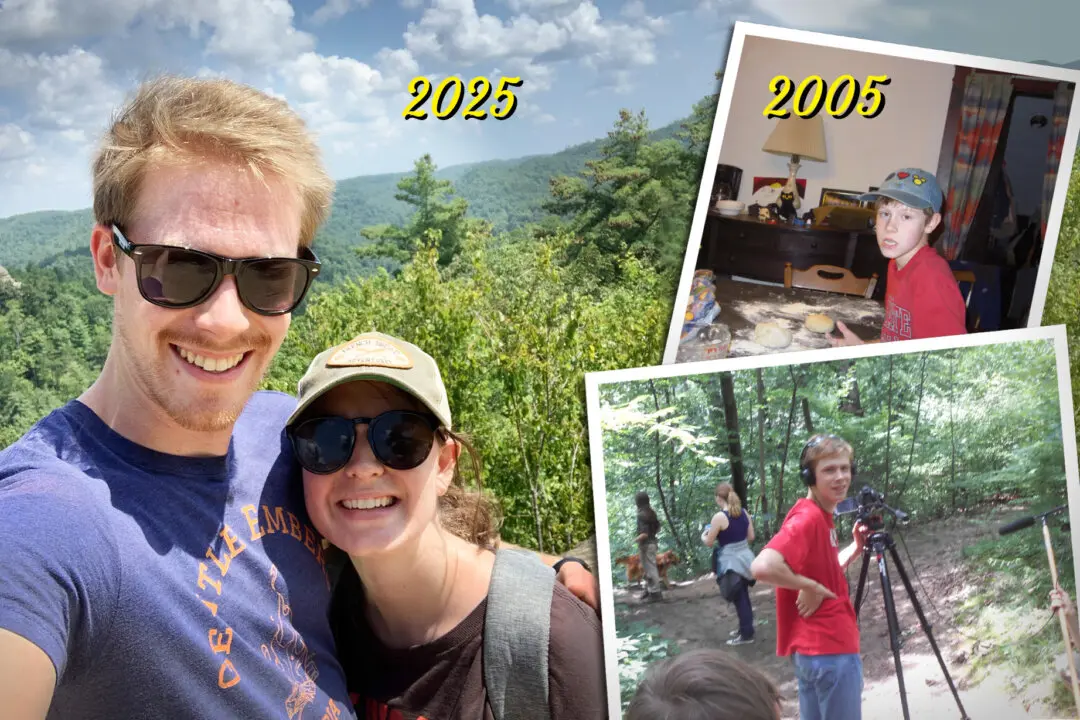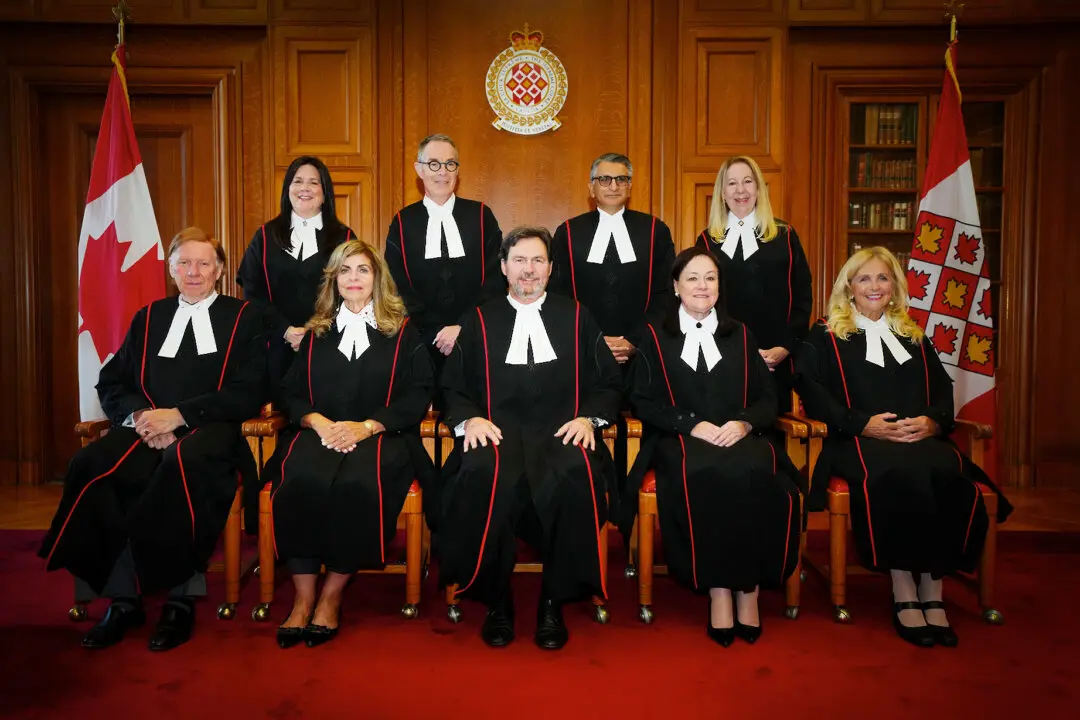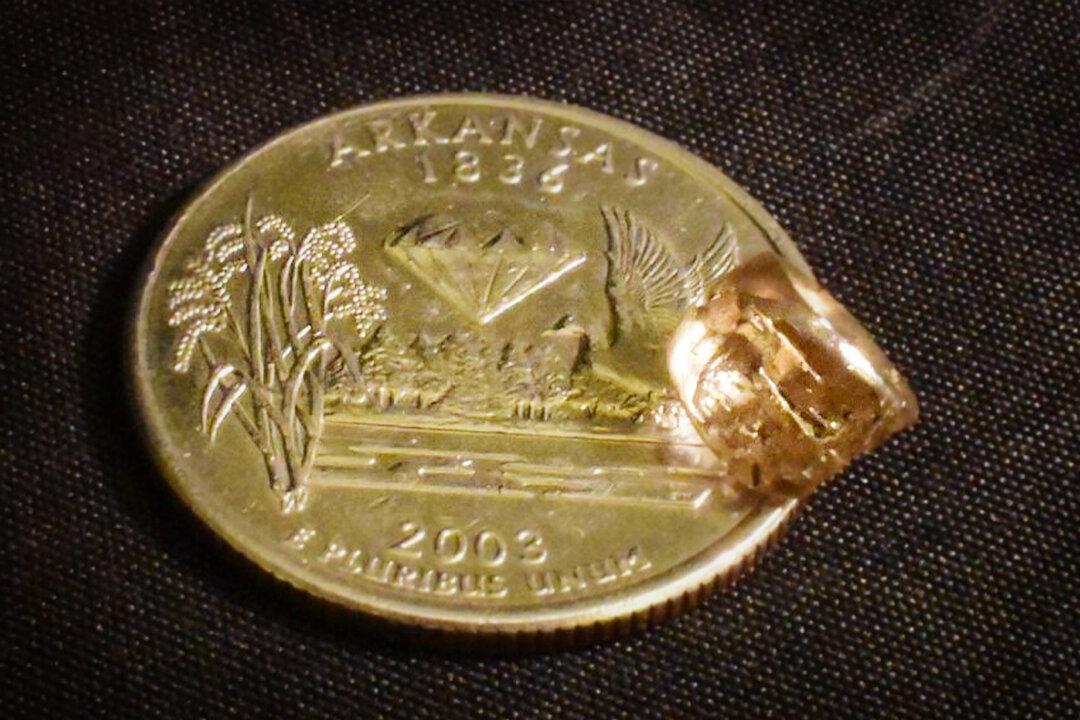Toiling peasants plowing or harvesting fields from dawn till dusk is how we often envision “work” in medieval times. You might find it surprising to learn that modern Americans, on average, work more hours and take fewer vacation days than those medieval peasants did.
No doubt, there was much plowing and harvesting going on in olden times, when the land was ruled by knights, lords, kings, and of course, the Catholic church. But it was probably a lot less work than you think.





